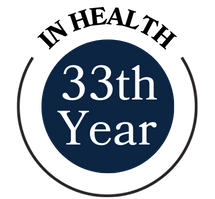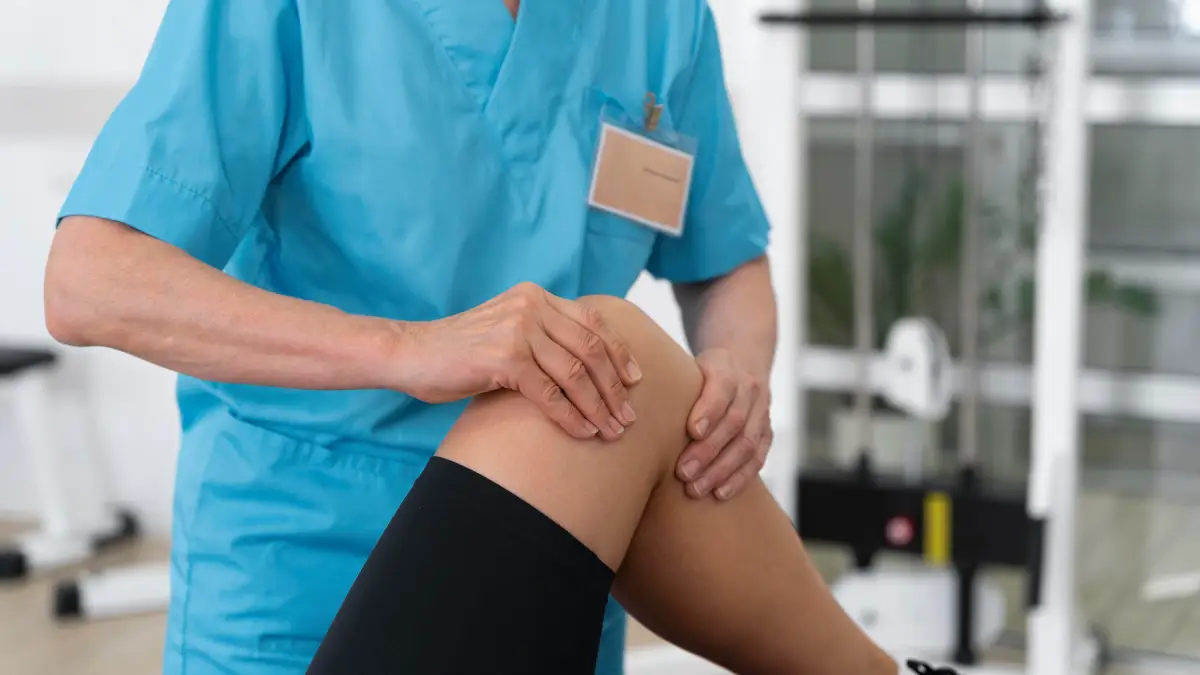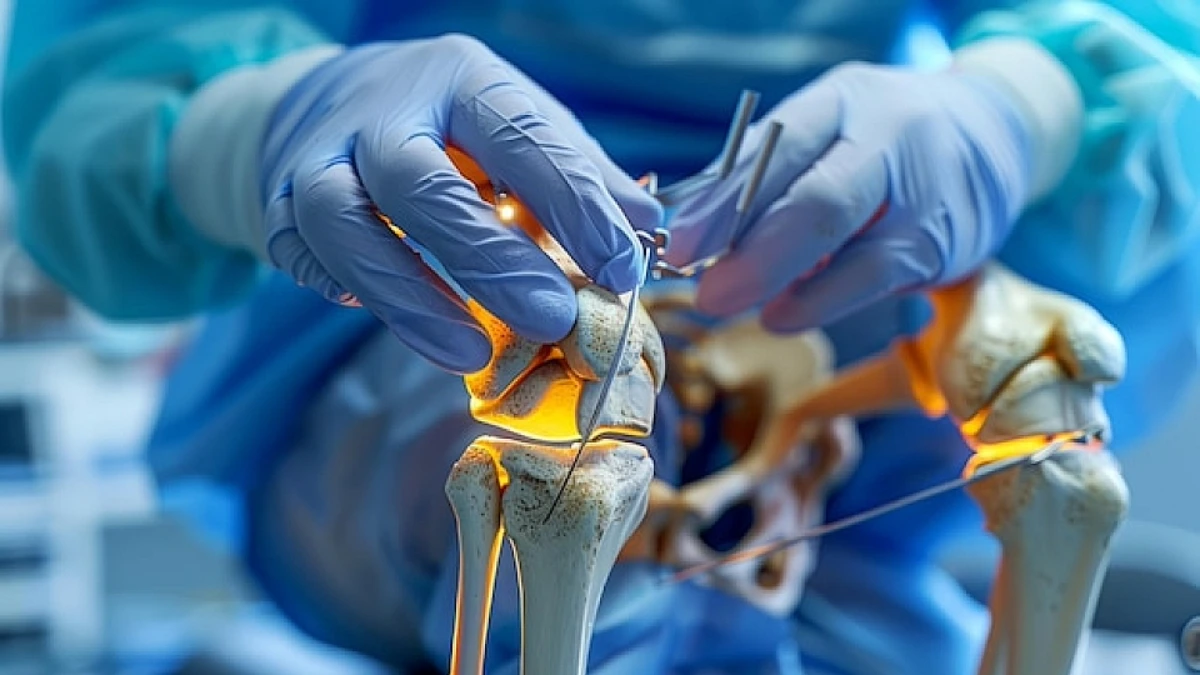
What is Tip Rhinoplasty?
In order to improve the look of the nasal tip without changing the bone structure of the nose, tip rhinoplasty is performed. With tip rhinoplasty, the nasal tip is the only improved area, as opposed to standard rhinoplasty, which also entails intricate bone and cartilage alterations. The best candidates for this treatment are those who are more focused on improving the tip of their nose than the complete nasal structure in terms of look or functionality.
Comprehensive Guide to Nose Tip Rhinoplasty
In cosmetic enhancements, the quest for refinement often leads individuals to consider procedures that can subtly enhance their features without drastic alterations. One such procedure that has gained popularity in recent times is Nose Tip Rhinoplasty, a minimally invasive technique designed to reshape the tip of the nose. In this comprehensive guide, we will delve into the intricacies of this surgery, exploring its benefits, procedure, recovery, and more.
What is Nose Tip Rhinoplasty?
Nose Tip Rhinoplasty, also known as a nose tip lift, is a cosmetic nasal procedure focused on refining the appearance of the nasal tip. It is especially well-suited for individuals who possess a good bone structure and seek subtle improvements to their noses. These improvements may include lifting the nasal tip, correcting deformities, or addressing excessive nasal length.
One of the standout advantages of Nose Tip Rhinoplasty is its simplicity and efficiency. Typically performed under local anaesthesia in a clinical setting, this procedure is virtually painless and can be completed in as little as 15 minutes. Furthermore, patients can rest assured that it leaves no visible scarring. A full healing process is expected within approximately three weeks. This quick turnaround has made it a popular choice for those looking to enhance the appearance of their nasal tip.
How Does Nose Tip Rhinoplasty Work?
Unlike traditional surgical rhinoplasty, which involves modifying the underlying cartilage and bones of the nose, Nose Tip Rhinoplasty is minimally invasive and requires no incisions. Instead, the procedure involves lifting and sculpting the nasal tip to achieve the desired result. This speedy operation requires roughly 15 minutes to complete.
Before undergoing surgery patients are typically presented with 3D simulations to visualize the anticipated changes in their nasal tip’s shape. This pre-operative step allows patients to have a clear understanding of the expected outcome.
During the healing process, patients are required to wear dressings over the nose for a period of four to five days. The good news is that discomfort and swelling are usually minimal, and any minor to moderate pain can be easily managed with over-the-counter painkillers.
Strict attention to the post-operative care recommendations provided by the surgeon is necessary to ensure a speedy recovery.
Nose Tip Rhinoplasty versus Surgical Rhinoplasty
Comparatively, surgical rhinoplasty exerts a far more invasive approach than both rhinoplasty suspension and non-surgical rhinoplasty. Typically, a distinctive technique named rhino-tip surgery is employed under surgical rhinoplasty that alters the nose’s shape by modifying the underlying cartilage structure. This process ultimately achieves a flawless nasal tip. However, these advantages come with longer procedure duration, more downtime, and increased costs than a typical nose tip lift. Therefore, patients often prefer the convenience of a nose tip lift.
Why Choose Nose Tip Rhinoplasty?
Nose Tip Rhinoplasty is gaining popularity for several compelling reasons:
Convenience
The procedure’s speed is unmatched which allows individuals to schedule it during their lunch break without significant disruption to their daily routine.
Safety
Compared to more invasive surgical alternatives, Nose Tip Rhinoplasty carries a lower risk of complications, making it a safer choice.
Effectiveness
It delivers noticeable improvements to the nasal tip’s appearance, ensuring immediate results that are evident right after the procedure.
Minimal Downtime
Patients can resume their regular activities immediately after the procedure, as there is no need for extended recovery periods.
No Anesthesia Risks
As the procedure is performed under local anaesthesia, the potential complications associated with general anaesthesia are eliminated.
The Post-procedure Life
Following a successful Nose Tip Rhinoplasty, you should wear nose coverings for four to five days, ensuring adequate protection for the new nose shape during the healing process. Furthermore, you can manage any minor-to-moderate discomfort or swelling with easily available over-the-counter painkillers. Adherence to the surgeon’s aftercare instructions is essential to assist the recovery process and sustain the new nose tip’s position.
Combining a cherished legacy of innovation and best-in-class facilities, we are consistently committed to delivering top nasal aesthetic solutions. With our team of esteemed consultants and surgeons, we ensure that you receive the best care possible, infusing confidence in your physical appearance and a rekindled self-esteem. Experience the best of nasal aesthetics including rhinoplasty types or revision rhinoplasty with us.
Will There Be Scarring?
Nose Tip Rhinoplasty employs injections to make tiny holes, not incisions. This method prevents any lasting scars on the patients.
Is the Procedure Suitable For Everyone?
We recommend that patients should be at least 18 years old to undergo a Nose Tip Rhinoplasty procedure. The Nose Tip Rhinoplasty is inappropriate for individuals who need extensive nose reshaping. Also, it is not appropriate for those who are dealing with breathing issues due to a deviated septum.
When Will I See the Results, and Are They Permanent?
Results of a Nose Tip Rhinoplasty are immediately visible. This procedure is known for producing permanent results. However, caution is advised in the first two weeks post-procedure, as any damage to the delicate threads supporting the tip may cause it to revert to its original state. After three weeks, the nose should be firmly set in its new position.







